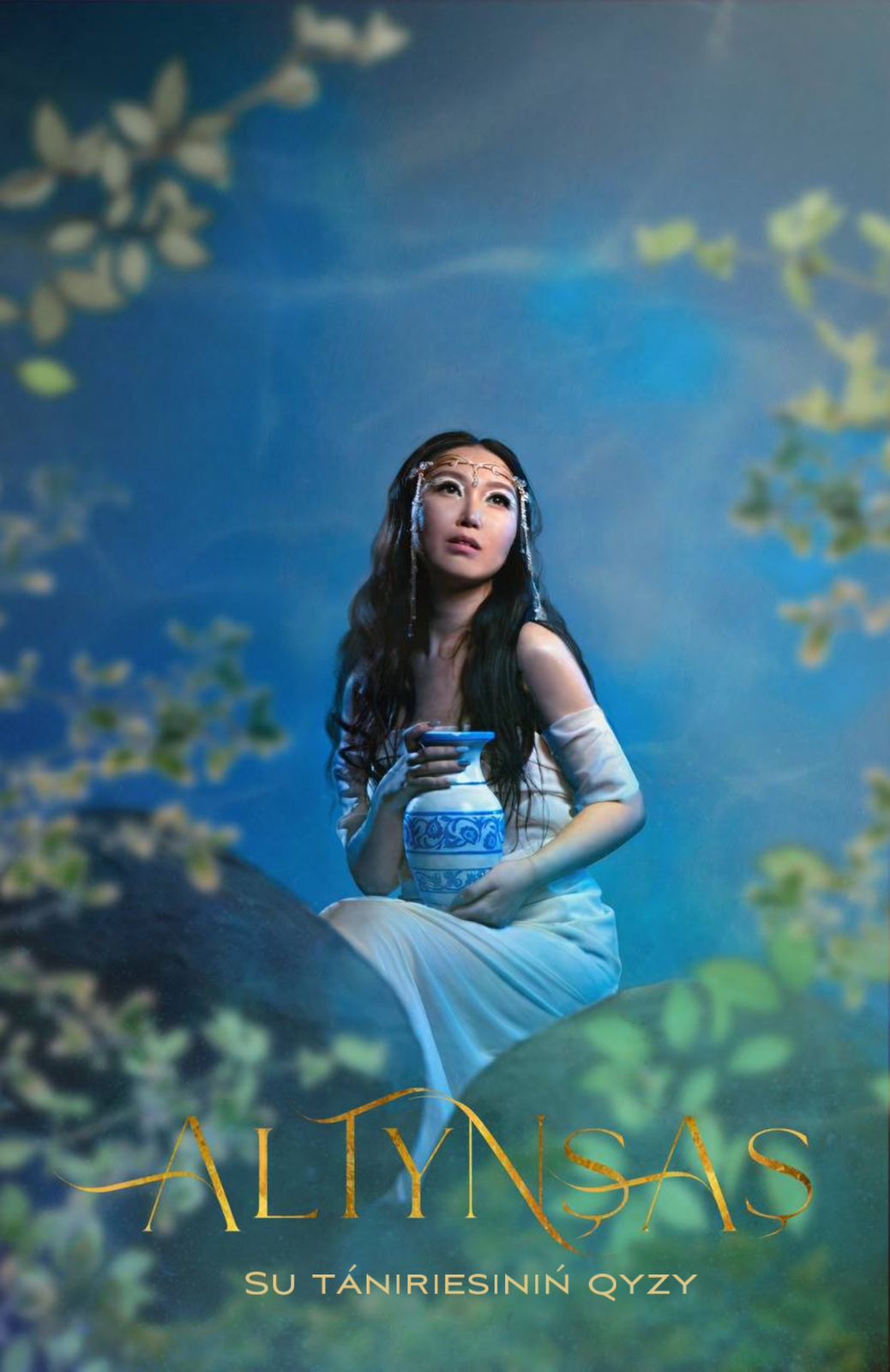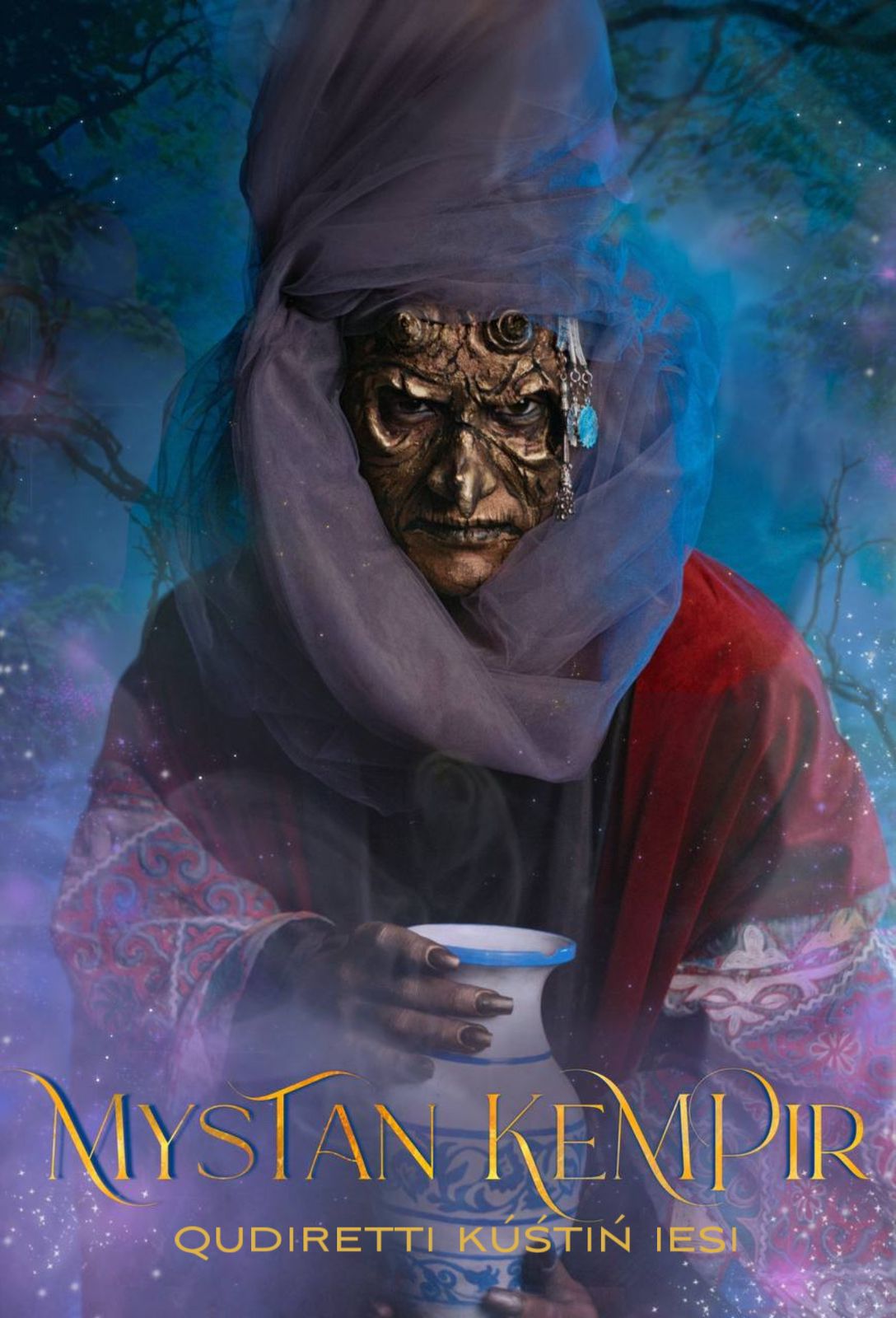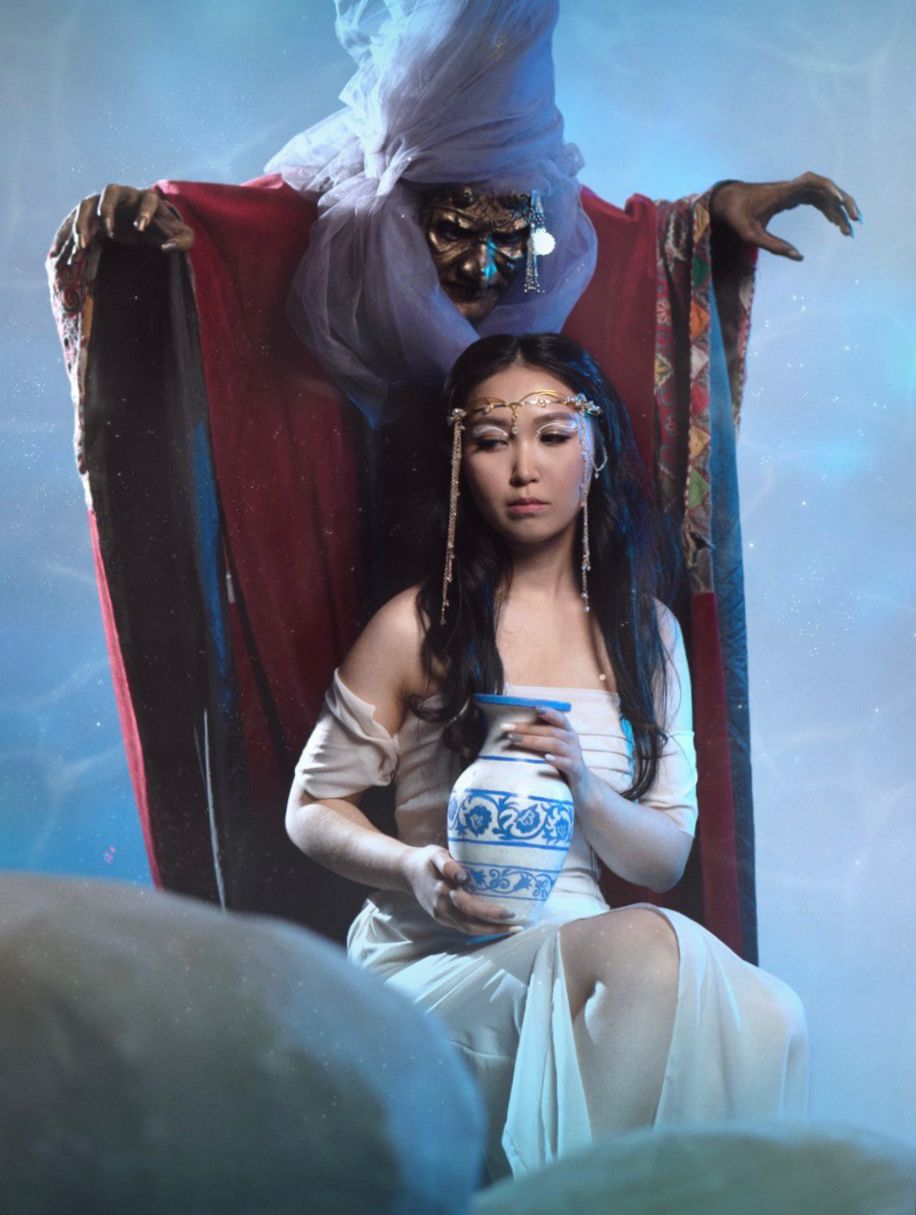ASTANA – Beine, translated from the Kazakh language as an archetype image, is an art project that combines the stories and mythologies of the Turkic people in a costume line. Through this project, its creator intends to popularize the personas of Kazakh folklore and attract attention to the problem of violence against women. The founder of Beine, Zhanar Saginbayeva, spoke about her project in an interview with The Astana Times.

Altynshash. Photo credit: Saginbayeva’s personal archive.
Saginbayeva, 22, is a graduate of the Kazakh National University of Arts majoring in costume design for theater, film and TV.
“During my studies, I read a lot of history, mythology and always came up with my own costumes and scenarios,” she said.
Beine’s story goes back to 2021 when Saginbayeva participated in the Art Splash event. The annual show is hosted at the Kazakh National University of Arts, where designers demonstrate thematic costumes.
“I chose mythology as the theme for the event and wrote an article,” she recalls.
Later, Saginbayeva applied to the Türks in World Culture competition at the Al-Farabi Kazakh National University. She came first and received a grant of 200,000 tenge ($456) for the realization of the ideas.
“I had five images in the Beine project and organized a shoot,” she explained.
The shoot was devoted to demonological characters of Kazakh folklore.
“Mystan Kempir (old witch) is mainly considered to be a negative character. However, at a closer look, it is not. My project is about that,” Saginbayeva explained.

Mystan Kempir. Photo credit: Saginbayeva’s personal archive.
According to her, initially, Mystan Kempir is the archetype of a wise woman. However, with the spread of Islam, the characters of Zheztyrnak (brass nails) and Mystan Kempir started to become negative. She also explains this with the weakening of the matriarchy.
“I have read the stories of all characters and also liked Altynshash (golden hair),” she added.
In the Kazakh fairytale, Altynshash loses a strand of her hair in the river. A rich khan finds her hair and decides to marry a beautiful woman. She gets kidnapped and is forced to marry him.
Saginbayeva also spoke about the initiation of women in Kazakh fairytales.
According to her, Altynshash is the collective archetype of a young girl who has not yet been initiated, and in the process of her journey, she encounters a series of trials and pains that form her own identity and strength.

Altynshash. Photo credit: Saginbayeva’s personal archive.
“I was also inspired by Greek mythology – the story of Medusa. She was also kidnapped and now she is the symbol protecting girls and women who were subject to violence,” said Saginbayeva.
While working on the project, she drew parallels between Kazakh and Greek characters.
“For example, Altynshash can be associated with the goddess who also accepts and helps women. She is the symbol of resilience and women’s wisdom,” Saginbayeva said.
For her project, Saginbayeva sewed some costumes herself, while others were borrowed from the Kazakh National University of Arts.
She said there are a lot of illustrations of Kazakh demonic characters, but they have not been designed yet.
“We are interested in Western culture, but we don’t know a lot about our own folklore. I want to popularize this topic and elaborate on the other heroes of Kazakh folklore,” said Saginbayeva.
She intends to develop her project so that people from Kazakhstan and abroad are interested in local culture and know about folklore characters.
“I would like to find financing for this project and make a short movie about every hero,” said Saginbayeva.


